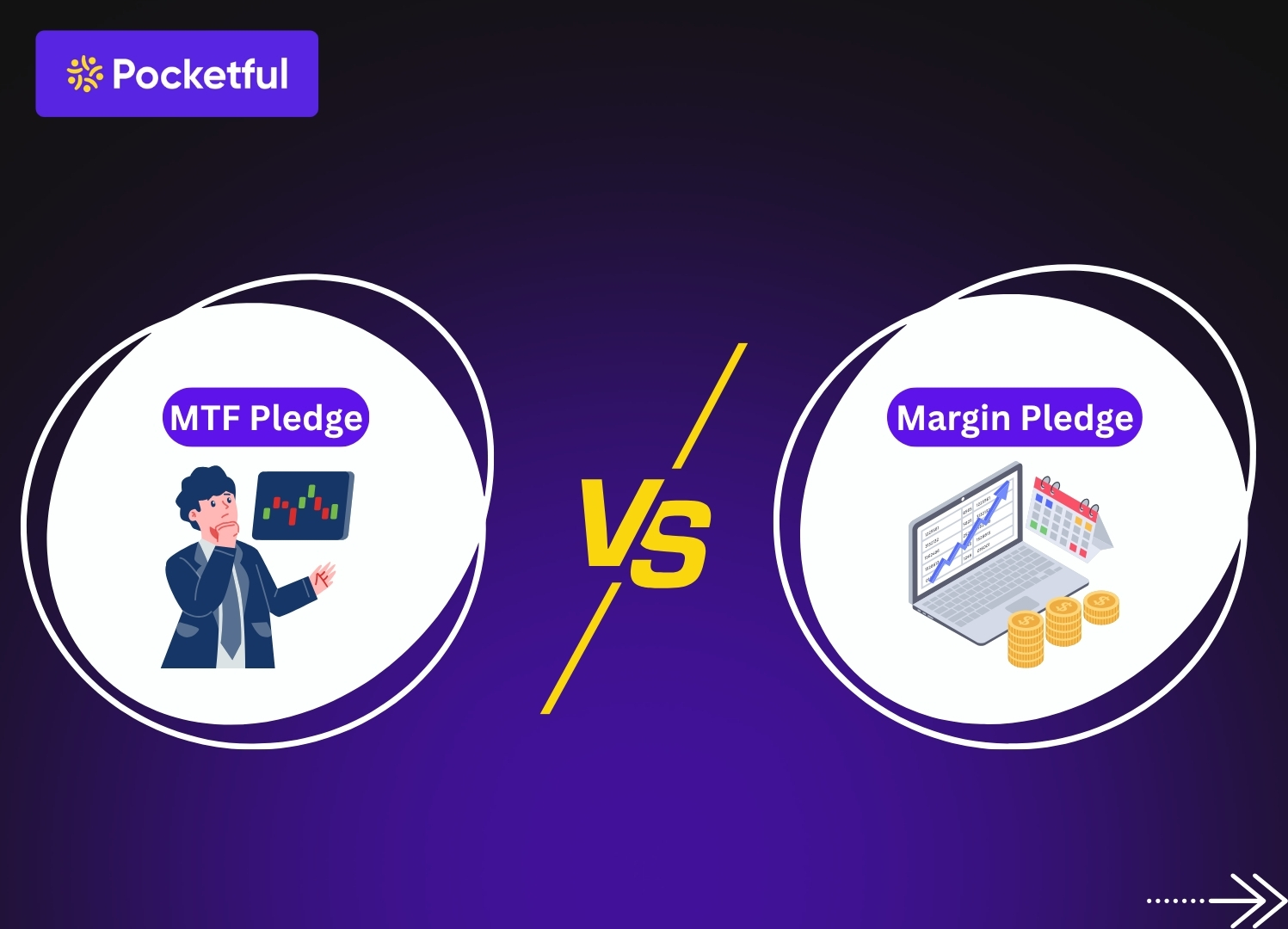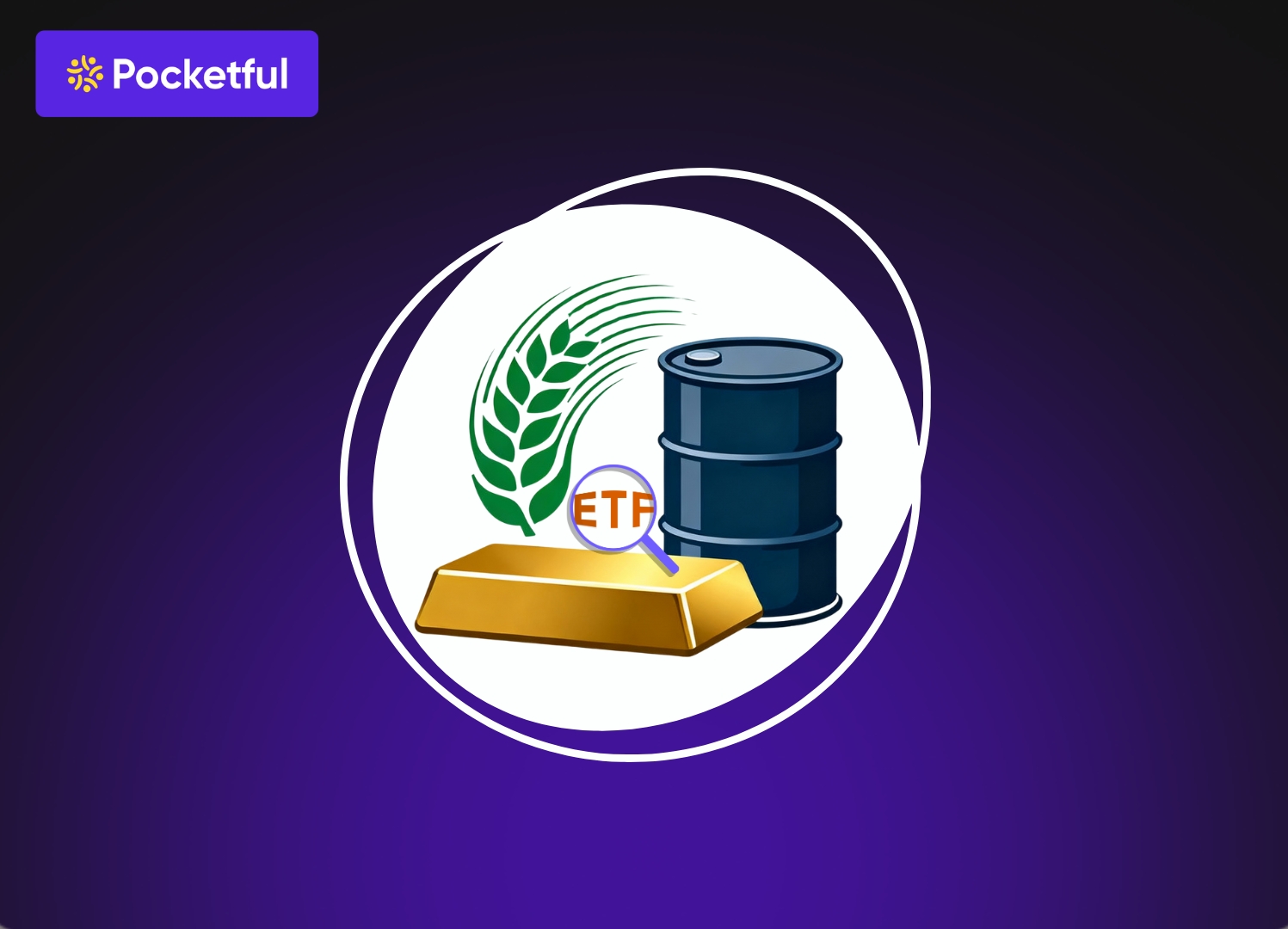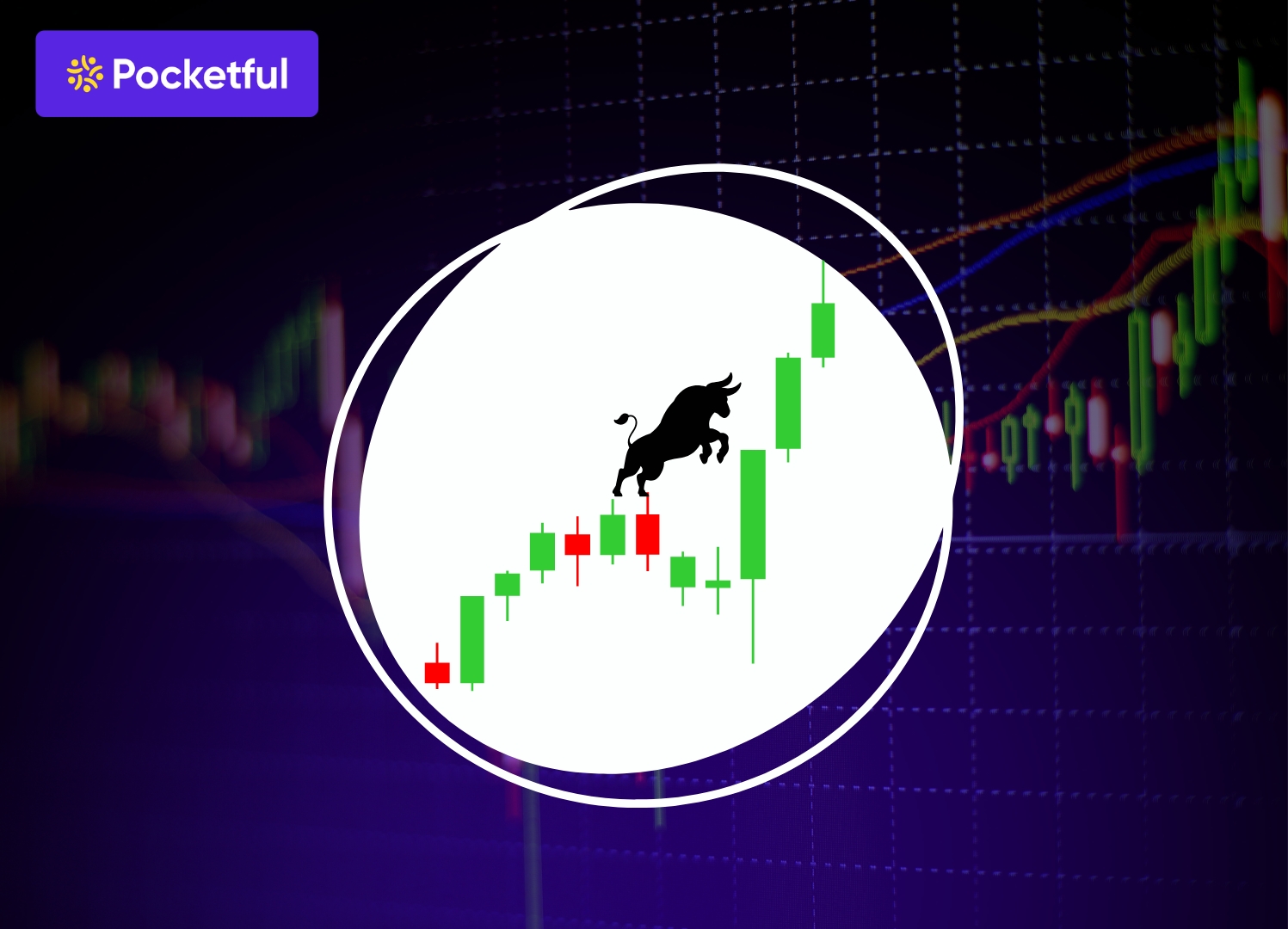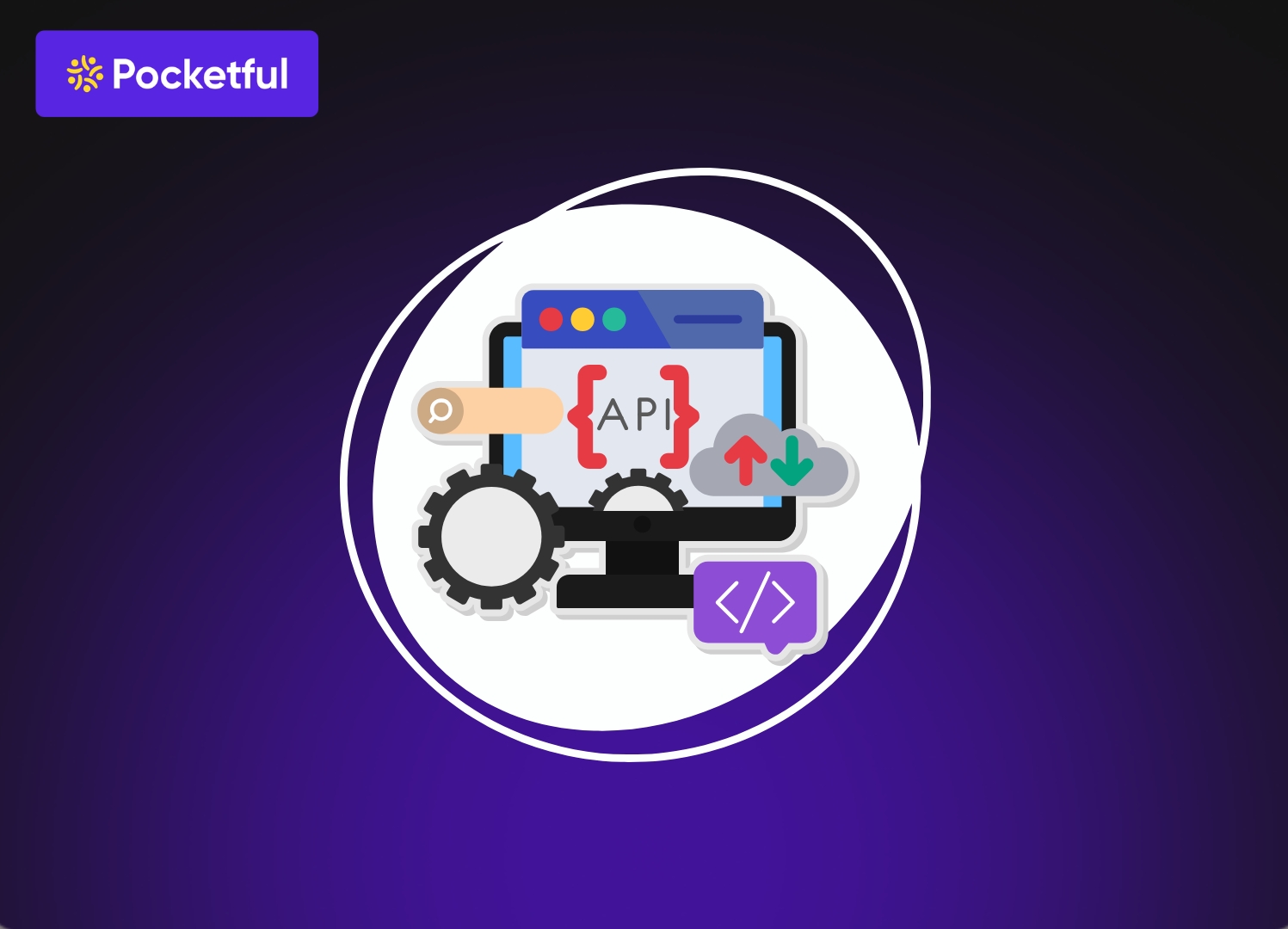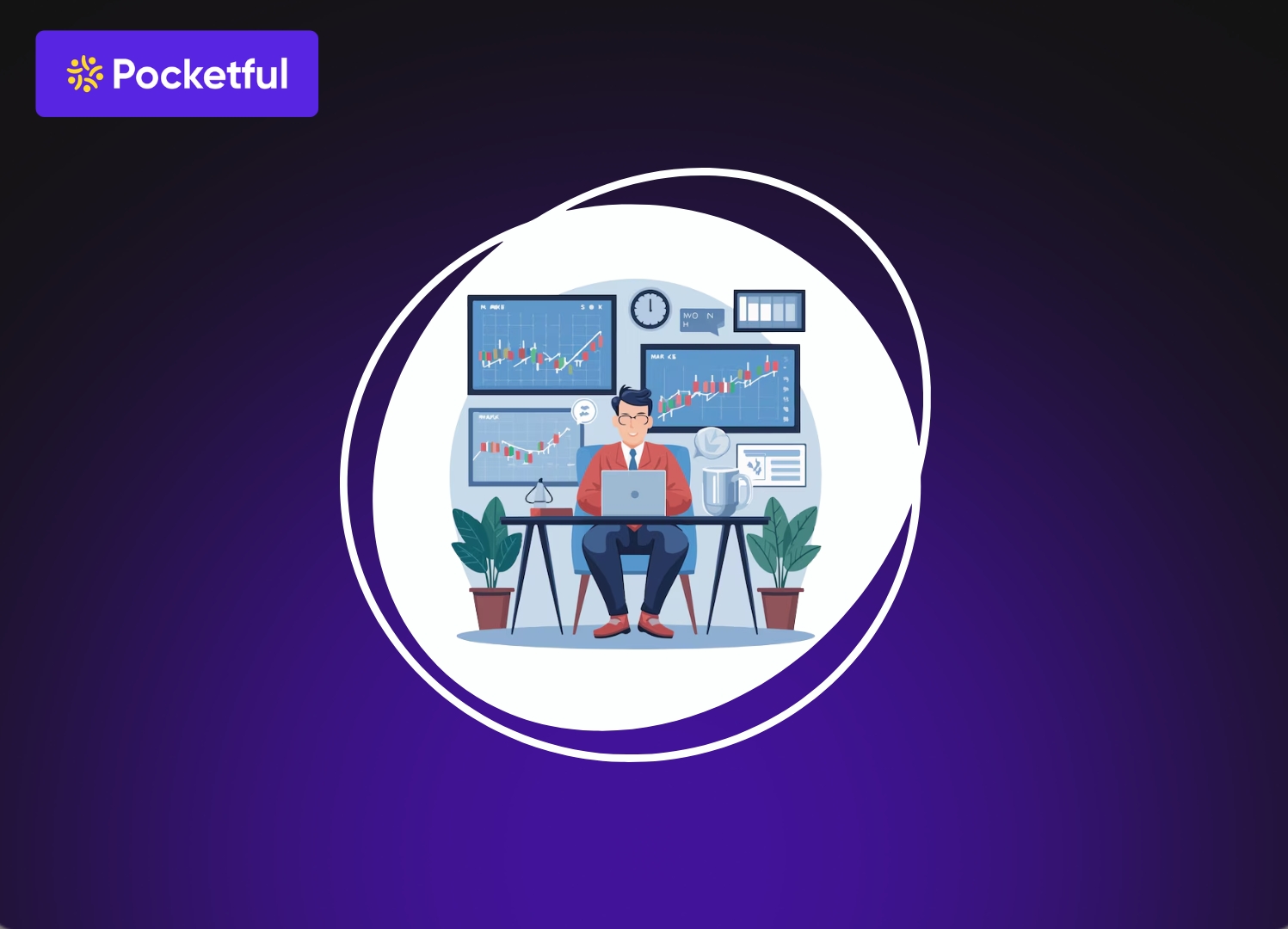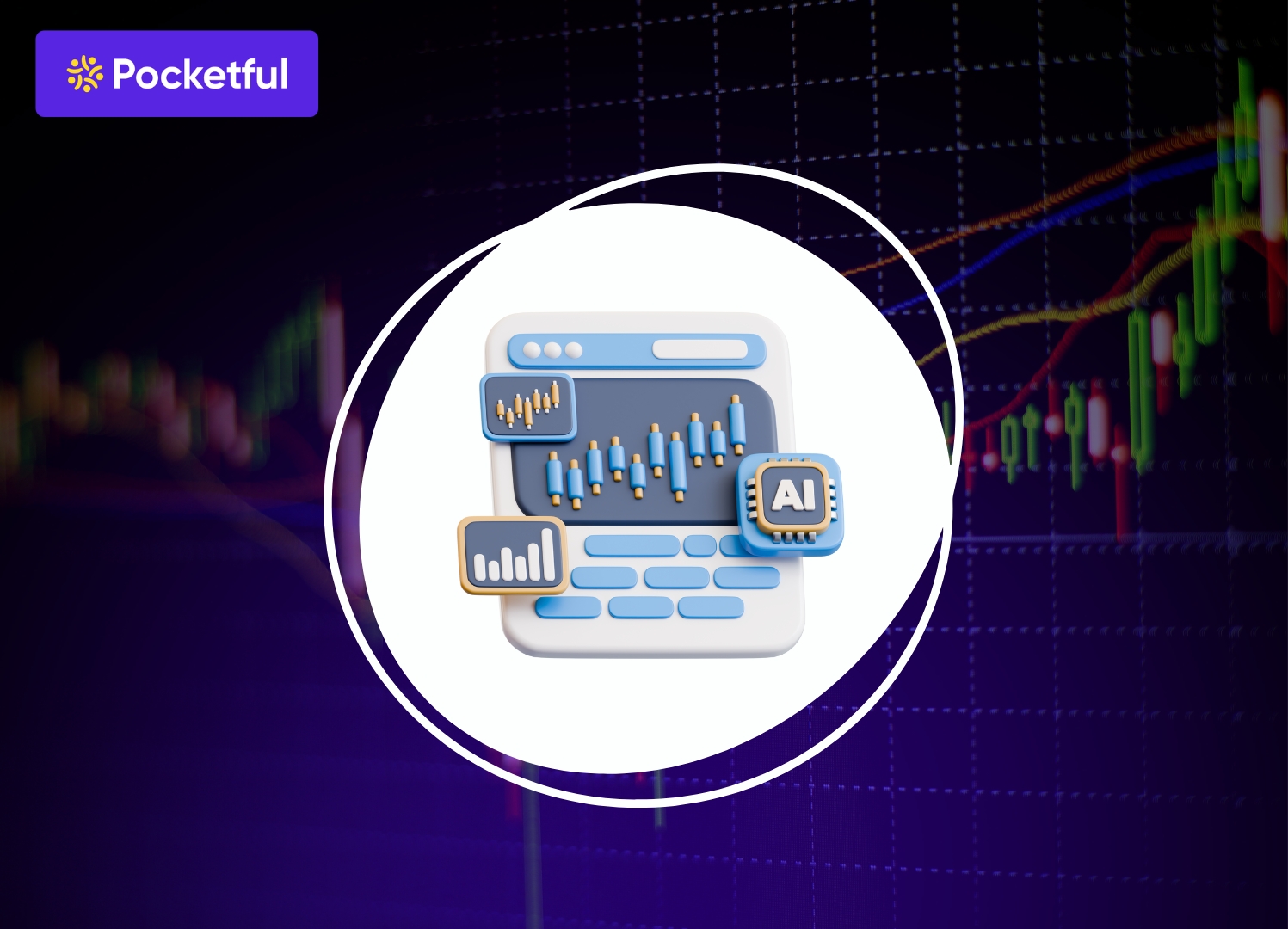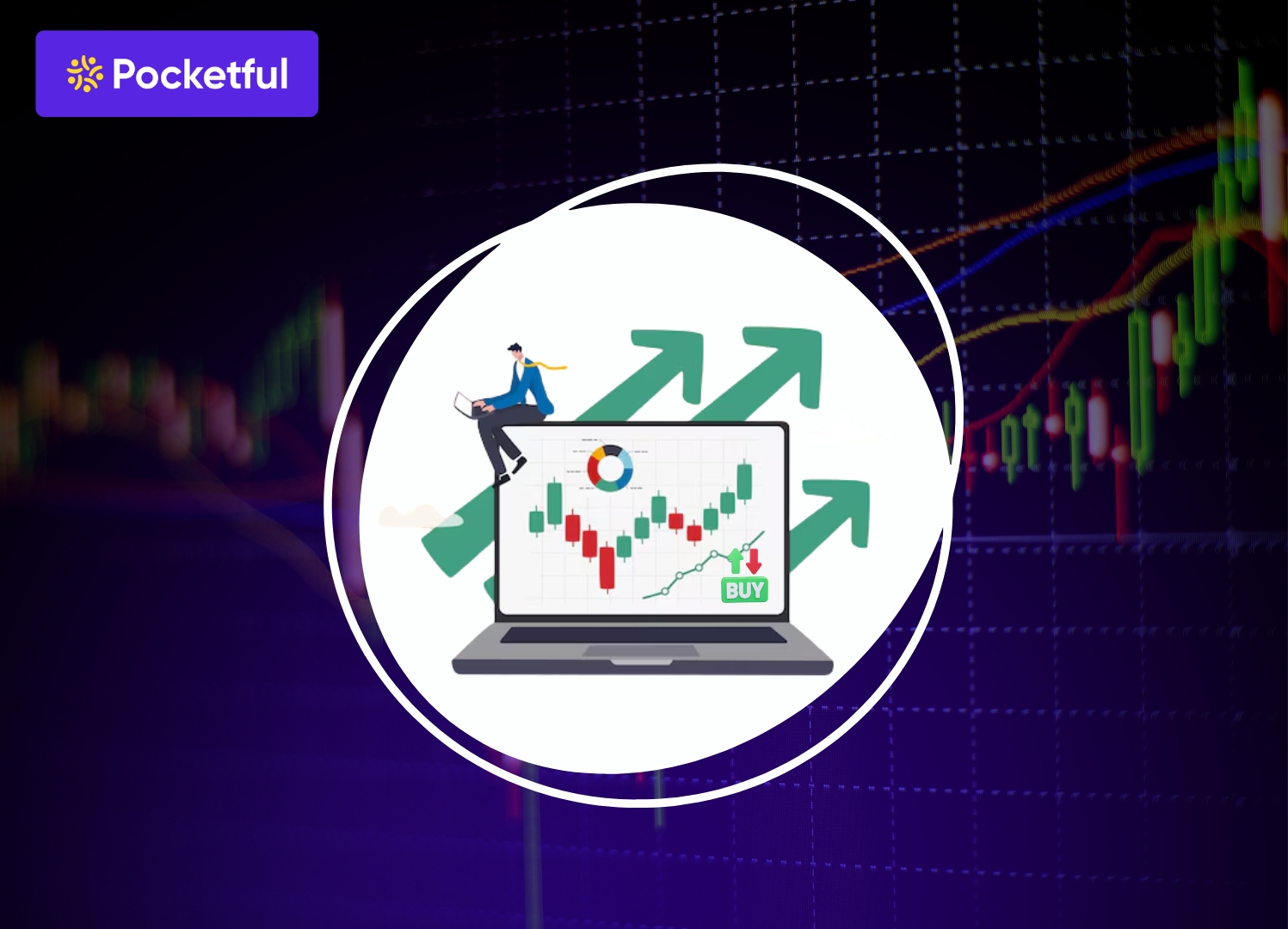You’ve probably had that moment—spotting a stock that’s about to take off because of good news or strong fundamentals—but when you check your account, there’s just not enough money to grab the opportunity.
Or maybe you have a solid, long-term portfolio of stocks accumulated, and you wish that this portfolio could be used to make some quick moves in Futures & Options (F&O) without having to sell your holdings.
If you’ve been in either of these situations, you’ve probably stumbled upon two terms that brokers use, MTF Pledge and Margin Pledge. They sound almost the same but are complex in nature. They are as different as taking out a home loan to buy your first house versus taking a loan against a house you already own or Loan against property, think of your broker as a bank for a moment.
Let us break down the MTF Pledge meaning and the margin pledge meaning in simple words for a better understanding. This blog will help investors in knowing exactly what is MTF Pledge and what is Margin Pledge.
What is the MTF Pledge?
Margin Trading Facility (MTF) has a characteristic where investors “Buy Now, Pay Later” but only for stocks. It is a facility that lets you buy shares even if you only have a fraction of the money needed. You put down your portion (this is called the margin), and your broker lends you the rest of the amount.
For instance, if you want to buy shares worth Rs.1,00,000, your broker might ask you to pay just Rs.25,000 and the remaining amount of Rs.75,000 is funded. But the stocks that are bought are kept as security with the broker similar to the case of Home Loan where the new house is held by the bank.
This mandatory promise, or “pledge,” is what we call the MTF Pledge. It’s simply a way to secure the loan. It’s important to remember that pledging these shares doesn’t give investors trading power, rather it’s purely a security measure.
Read Also: Pledging Shares vs Pay Later (MTF): Key Differences
How Does MTF Work?
- Select ‘MTF’ Option: While you are ready to buy a stock, you need to select options like ‘Delivery’ or ‘Intraday’ whereas also look for another option called ‘MTF’, ‘e-Margin’, or ‘Pay Later’ and select it.
- Order Placement: Once you are done with placing your buy order, the brokers platform will take your margin amount from your account, and the broker will add their funds to complete the purchase.
- Pledge the Shares: You might get a SMS or email with a link from the depository (CDSL or NSDL) and you had to click it, log in, and approve the pledge with an OTP before 9 PM. But these days this process has been automated by most of the brokers without requiring any OTP or link approvals.
You need to keep a note that since it’s a loan, you’ll pay a small daily interest on the amount the broker funded. So, it is best suited for trades that you plan to hold for a few weeks or months, but maybe not for years.
Use our Margin Trading Facility Calculator
What is the Margin Pledge
Margin pledge works differently as this is for traders who already have a portfolio with stocks, ETFs, or mutual funds and want to put that portfolio to work without selling a single thing.
Here, investors can “pledge” their existing investments to their broker as a guarantee. In return, brokers give you a special trading limit known as collateral margin. You can now use this collateral margin for other trading activities, like for intraday or in the Futures & Options (F&O) market. Here all the shares have your ownership and you still enjoy the benefits of getting dividends, you’ve just unlocked the hidden power of your portfolio.
Read Also: Key Differences Between MTF and Loan Against Shares
How does Margin Pledge Work?
- Go to Your Holdings and Pledge: You simply log into your broker’s platform (like Zerodha’s Console), head over to your portfolio, and you’ll see an option to “Pledge” your shares. You pick the stocks and the quantity you want to use.
- Understanding the “Haircut”: The broker is cautious as the share price might go up or down, so they don’t give a trading limit equivalent to your portfolio instead they apply a small safety discount, called a haircut, to protect themselves. Let’s say if you pledge shares worth Rs.1,00,000 and the stock has a 20% haircut, your broker will give you a collateral margin of Rs.80,000.
- Start Trading: This new margin of Rs.80,000 will show up in your account, ready to be used for your next big trade in F&O or for your intraday strategies.
MTF Pledge vs. Margin Pledge
| Feature | MTF Pledge | Margin Pledge |
|---|---|---|
| Requirement | To buy specific stocks by borrowing money from your broker. | To get a trading limit by using your existing portfolio as a guarantee. |
| Optional | No, It’s mandatory for every single MTF trade, as per SEBI rules. | Yes, it’s completely voluntary, done only when you need the extra margin. |
| Pledging | The new shares are pledged | The existing shares and other securities you already own |
| Funds | You get a direct loan from the broker to complete a purchase. | You get a trading limit (collateral margin) against the value of your assets. |
| Interest | Yes, you pay daily interest on the loaned amount. | No interest charged on the margin itself. However, there’s a 50% cash rule for F&O trades that you need to follow to avoid interest charges |
| Usage | Only to buy and hold those specific shares you purchased with MTF. | Can be used for intraday trading, futures trading, and for selling options. |
| Risks | If the price of that one stock you bought falls sharply, you could get a margin call. | A margin call can come if your whole portfolio’s value drops OR if your F&O trade goes against you. |
Read Also: Differences Between MTF and Loan Against Shares
Conclusion
One should consider MTF Pledge when they have a strong gut feeling or solid research telling them that a specific stock is set to rise in the short-to-medium term and they want to go big on that single idea by leveraging your broker’s funds. On the other hand Margin Pledge is suitable for fast-paced investors of F&O or intraday. Here the goal is not just to buy one particular stock, but to have a flexible and ready source of capital to support all your trading activities. It’s the ultimate tool for making your portfolio work harder for you.
Leverage is a powerful tool, it can amplify your gains, but it can also magnify your losses. Always take a moment to understand the costs and risks before you jump in.
Frequently Asked Questions (FAQs)
Can shares be sold even when they are pledged?
Absolutely, for a Margin Pledge, most modern brokers let you sell the pledged shares directly and the money from the sale is simply used to cover the margin you were using. MTF Pledge, selling the shares means the loan is being closed, here the broker will take back their loan amount plus any interest, and the rest of the money (profit or loss) is all yours.
What happens if the MTF pledge is not done in time?
Although this system has been automated by most of the brokers, if your broker still uses the old manual OTP system and you miss the deadline (usually 9 PM), your trade might be treated as a normal delivery order, meaning you will have to pay the full amount of the shares.
Do Investors have to pay interest on a Margin Pledge?
No, investors don’t have to pay any interest for getting the collateral margin. However, there’s a rule for F&O trades you hold overnight, i.e. SEBI says at least 50% of investors’ margin must be in cash. If you use more of your collateral margin and fall short on the cash part, your broker will charge interest on that shortfall.
Can MTF be used in Futures & Options (F&O) trading?
No, MTF is designed specifically for buying equity shares for delivery and cannot be used for trading in F&O, currency, or commodities.
Why do brokers apply a “haircut”?
A haircut is just a safety buffer for the broker as stock prices can be volatile. By applying a haircut (a small percentage reduction), the broker ensures that even if the value of your pledged shares drops, they are still protected.
